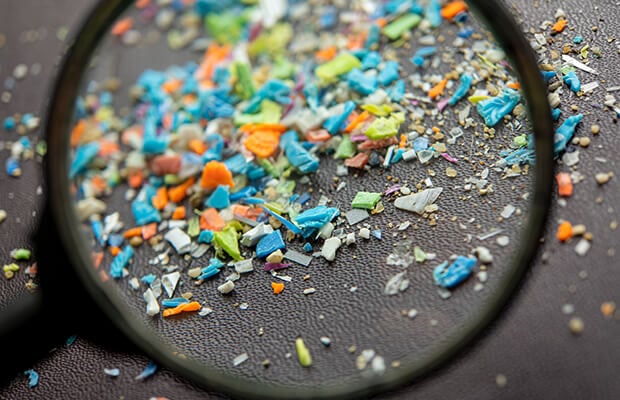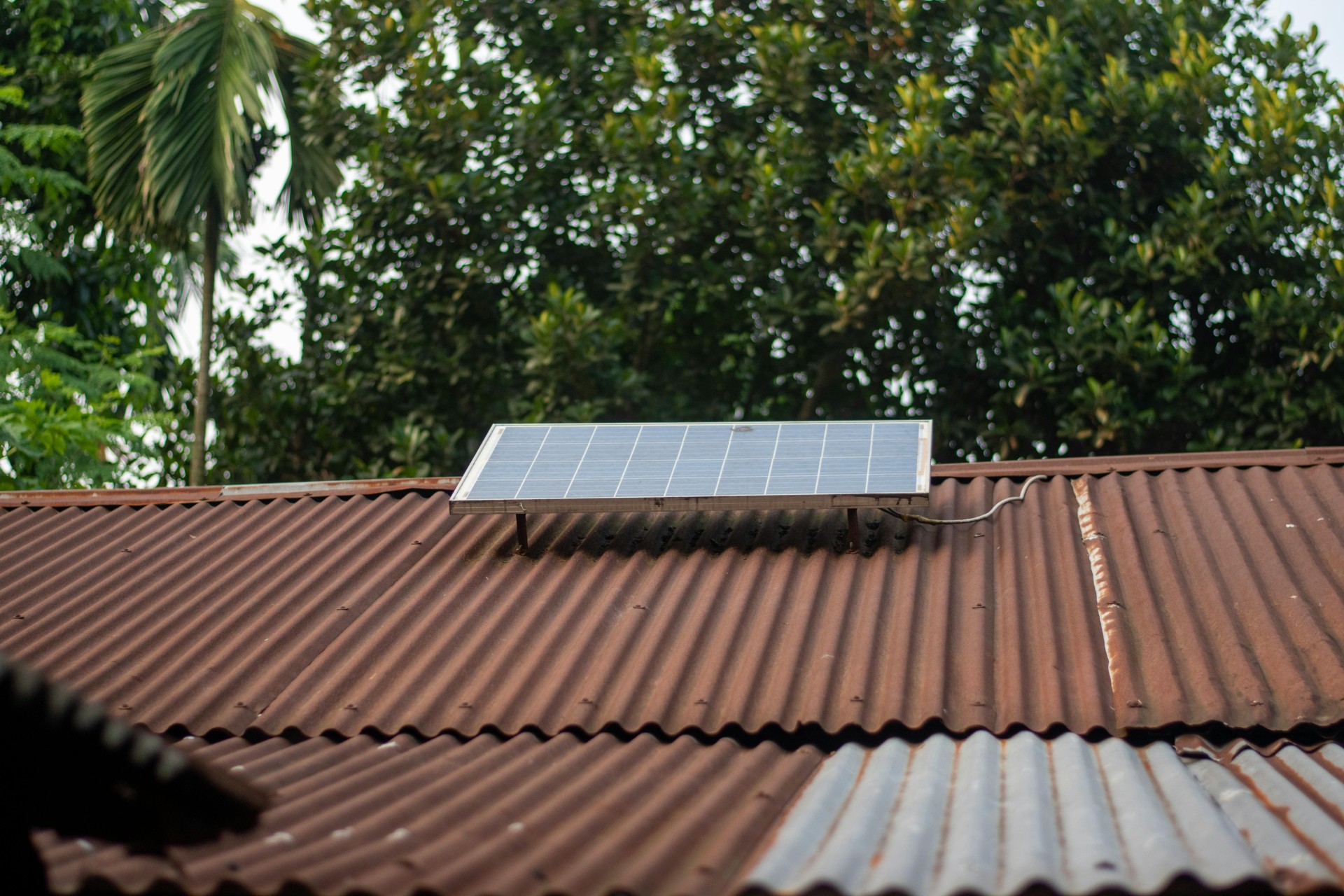- The surge of these microplastics harms the environment and has the potential to cause health risks.
A study from Cornell University shows that humans are inhaling and ingesting six times more microplastics since 1990. Microplastics are tiny pieces of plastic waste in the environment that result from the disposal and breakdown of products and industrial waste.
American, African, and Asian countries are experiencing this rise in water, food, and air transmission.
The surge of these microplastics harms the environment and has the potential to cause health risks. According to scientists, microplastics are altering cell behaviors i internal organs.
Microplastics may carry disease-causing organisms, potentially leading to diseases in the environment. They can also affect the health and functions of the soil. According to a report by Science Daily, when microplastics are present in the soil, earthworms make burrows differently. This affects the soil condition as well as the fitness of the earthworms.
In the marine ecosystem, fish and other sea creatures account for 70% of human exposure to microplastic particles. Marine creatures may mistake microplastics for food. This eventually leads to a high accumulation in their bodies.
Read More
Microplastics can also be inhaled, originating from urban activity and industrial manufacturing.
Other sources of microplastic particles include imported packaging, litter, poor waste collection, and a lack of lined landfills.
A study by the National Library of Medicine has shown that exposure to low concentrations of microplastics in the air could be associated with respiratory and cardiovascular diseases depending on an individual’s susceptibility and particle characteristics.







